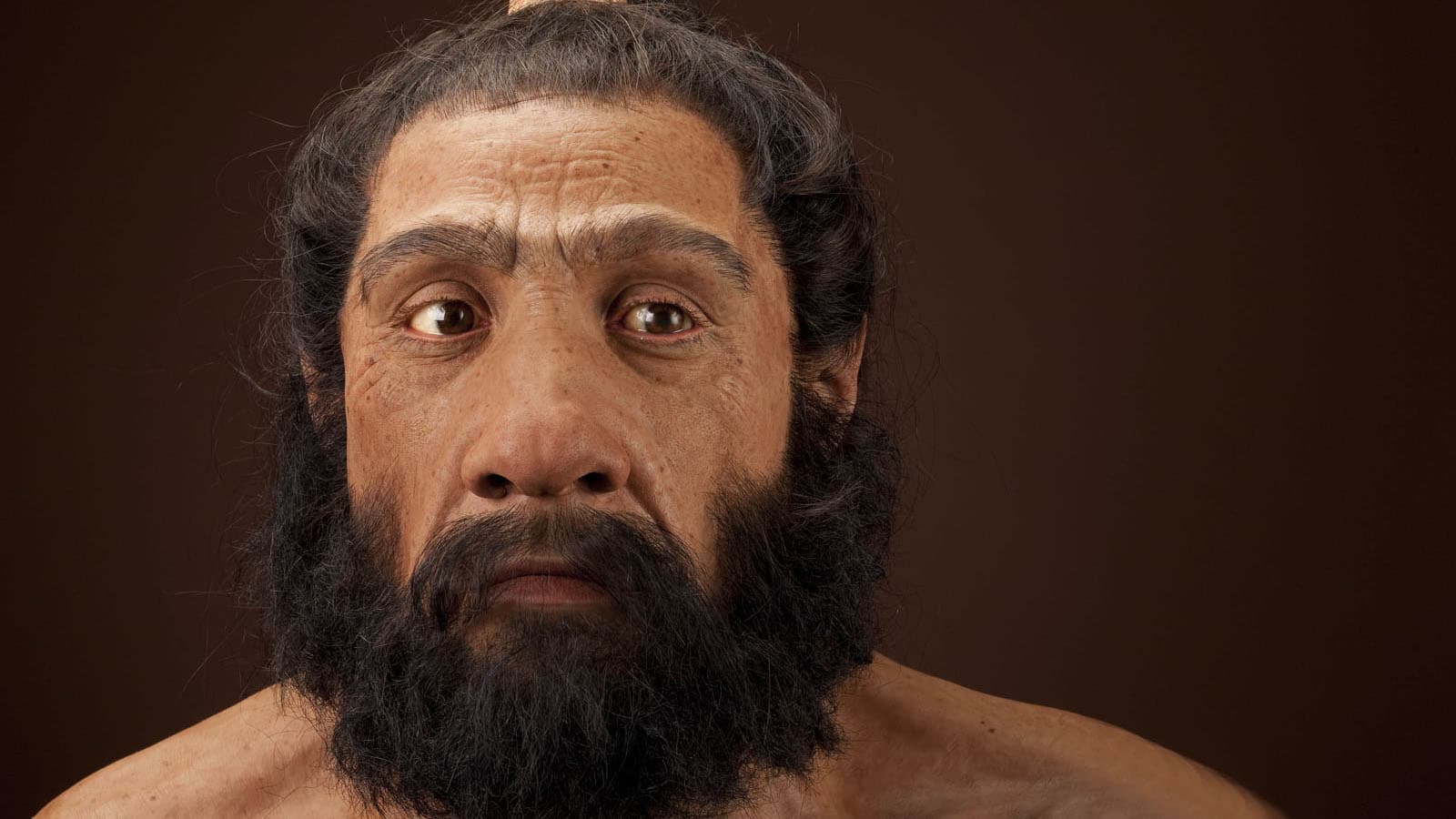

Disagreements were resolved by discussion, or a third statistical reviewer where necessary. This interpretation is because investigators set outcomes recorded after discontinuation and receipt of rescue therapy to missing, and then used a statistical model that implicitly imputed what the participant’s outcome would have been had they not discontinued treatment or received rescue therapy ( table 1).ĭata were extracted onto a pre-piloted standardised data extraction form (see supplement). However, on close inspection of the statistical methods, the trial assessed the intervention effect in the hypothetical situation where participants who stopped treatment had instead continued and rescue therapy was denied. 11 All randomised participants were included in the analysis in their randomised group, so readers using the results to inform decision making might assume that the trial addressed the intervention’s effect if adopted into routine practice. For example, a placebo controlled trial in atopic dermatitis reported baricitinib in combination with topical steroids significantly reduced impairment in daily activities. In some cases, the relevant information is omitted, or expert statistical knowledge might be required to decipher this from reported methods. However, the specific questions that trials investigate are not always clear, and often stems from ambiguity in how events after randomisation (eg, intervention discontinuation or use of rescue therapy termed as intercurrent events) are handled in the definition of the treatment effect. 10 Therefore, depending on which treatment effect was considered most relevant in decision making, conclusions can differ substantially.

The hypothetical effect was twice as large as the treatment policy effect (mean difference −0.18 percentage points (95% confidence interval −0.38 to 0.02, P=0.08) v −0.09 (−0.29 to 0.20, P=0.35)). Firstly, what was the treatment effect if all participants had hypothetically adhered to the treatment regimens and not received ancillary treatment (hypothetical effect) and secondly, what was the treatment effect regardless of the amount of randomised treatment or ancillary treatment received (treatment policy effect).

1 2 3 4 5 6 7 8 9 For example, a trial in type 2 diabetes 10 compared a once weekly insulin regimen with a once daily regimen on the change from baseline in glycated haemoglobin, and asked two different questions. However, informed decision making requires an understanding of the precise question being investigated in a trial, because different questions can lead to different conclusions about the usefulness of an intervention. The results of randomised controlled trials are used in policy making and clinical practise to make decisions about which medical interventions to use.


 0 kommentar(er)
0 kommentar(er)
